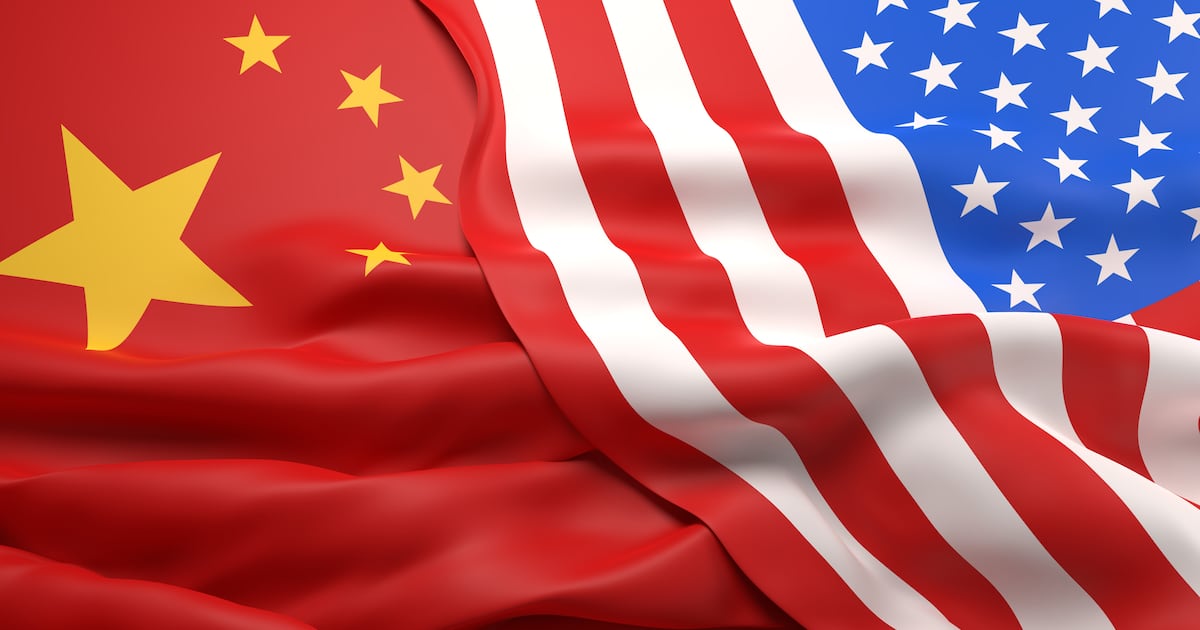
According to Hedy He, Regulatory Analyst at ChemLinked, the cosmetics sector typically demonstrates a pattern of low resistance but strong resilience.
She was speaking to CosmeticsDesign-Asia on the implications of rising trade barriers.
“Some Chinese beauty companies are strengthening their overseas footprint. For instance, COSMOS Personal Care has invested in a sunscreen manufacturing facility in Malaysia, while Florasis has expanded into France and Japan. These strategic moves help avoid tariffs and leverage local free trade agreements to reduce logistics costs,” she said.
At the same time, building brand equity and customer loyalty has become more crucial than ever, which could fast-track premiumisation.
“By enhancing brand value, companies can reduce consumer price sensitivity. The key to sustained growth in the consumer goods sector lies in brand-driven pricing power.”
For brands unable to maintain export competitiveness due to tight profit margins, the natural fallback is the domestic market. This will lead to intensified competition in China, creating a ripple effect throughout the supply chain.
“Contract manufacturers losing overseas orders are forced to focus on Chinese domestic clients, increasing supply and lowering the threshold for entry. The resulting price wars at the manufacturing level inevitably pressure downstream beauty brands, triggering a full-scale market ‘involution’.
Despite these “short-term pains”, she believes that the tariff crisis may speed up industry transformation.
“History offers a positive outlook. Following the 2018 tariff shock, China’s cosmetics exports rebounded within three years. By 2023, exports reached USD6.5bn — a 134% increase compared to 2019 — demonstrating the sector’s underlying resilience.”
Impact on US cosmetics brands in China
The US is home to many global cosmetics giants, such as Estée Lauder, Coty, and Colgate-Palmolive, whose brands have long held significant positions in China’s beauty market.
However, continued trade tensions between China and the US are likely to disrupt their growth trajectories in the region, He said.
“For US brands, increased tariffs may lead to either higher retail prices or compressed profit margins. Brands that heavily rely on the Chinese market could face serious setbacks.
“As cosmetics are a highly substitutable category, a general price increase could reduce the overall value proposition of American brands, potentially pushing Chinese consumers towards European, Japanese, Korean, or domestic alternatives.”
Specifically for C-beauty brands, trade friction has created new momentum for growth.
“The rise of Chinese domestic cosmetics is an observable trend, and the current situation may further accelerate their market penetration.”
Furthermore, retailers and distributors, anticipating a decline in consumer interest in US products, may proactively shift their portfolios towards non-American brands.
“Combined with growing national sentiment and changing price dynamics, this presents a strategic opportunity for niche European brands to expand their presence in China.
“Meanwhile, Asian beauty brands, particularly those from Japan and South Korea, are also well-positioned to capture additional market share due to their growing popularity and regional proximity.”

